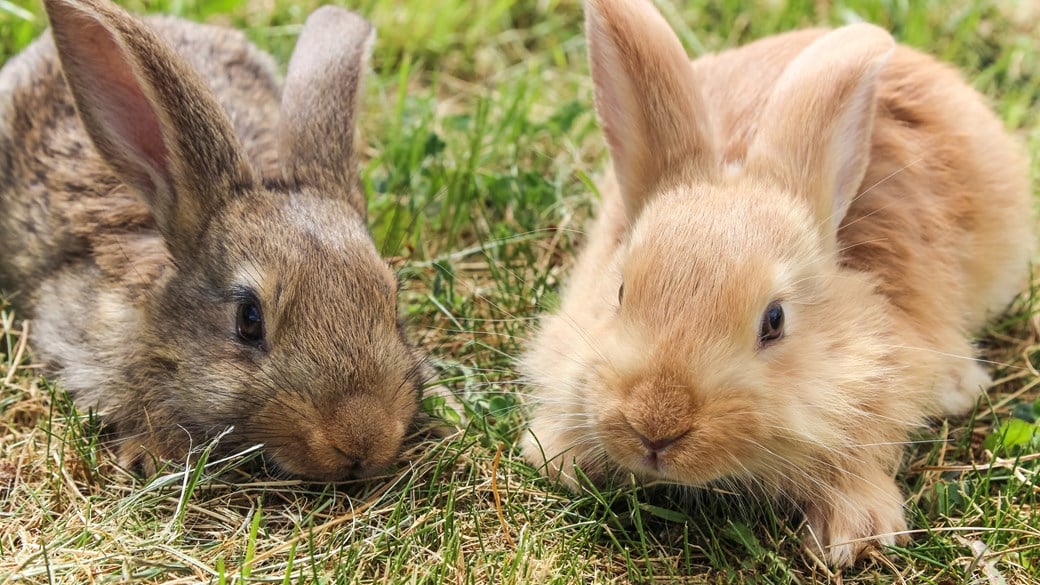
Rabbit and Car Travel
Safe and calm car travel for your rabbit
Most bunnies are not great travellers and some may have never even have been in a car. It’s important to make the whole experience as stress-free as possible.
More about travelling with your rabbit
What type of carrier should I get?
Your rabbit’s carrier should be:
- Sturdy
- Have room for them to lay down and turn around comfortably
- Have good ventilation
- Able to have the top removed.
Having a carrier which can have the top lifted off makes getting your rabbits out much easier. It also means if you are at the vets your vet can have a look at your rabbits sat in the carrier base before handling them.
Acclimating your rabbit to the carrier
By leaving your rabbit’s carrier in their normal run for a few days ahead of travel your rabbit will have an opportunity to get comfortable with the carrier. Place some of their favourite foods inside and get them used to hopping in and out. That way it won’t be so scary on the day.
Inside your carrier:
- A hiding place. If your rabbit is small or the carrier is large placing something inside the carrier that your rabbit can hide in will help give them a feeling of security.
- Constant access to hay. Rabbits should never be starved before being brought to the vet, even if they are coming in for surgery.
- Constant access to water. Rabbits should be given water in the way they are familiar with (e.g. bottle or bowl) and you should check the water supply regularly. Portable, non-spill watering aides are available.
- Home scents. Having familiar items in the carrier with them, such as their favourite toy and some used bedding, will provide familiar smells and reassurance.
- An absorbent lining, such as a towel or sheet, in case of accidents. For bunnies that nibble everything, hay is a good alternative!
- Your rabbit’s friend! Apart from the reassurance of safety in numbers, bringing both your bunnies is a good idea because it ensures that the same scent and smells are transferred to both rabbits while out and about. Taking only one bunny can mean rejection from the companion rabbit(s) if they smell different when they return home.
If you haven’t travelled with your rabbit before have a trial short journey. That way, before you make a long trip, you can see how your rabbit responds and if there’s anything else you can do to help them on your travels.
It’s best to avoid long journeys with your rabbit, but if it’s unavoidable, check your bunnies often and have regular breaks.
If you’re travelling to the vet, find a practice which is close to home so the time spent in the car is minimal.
Rabbits do not tolerate heat well, so you’ll need to ensure your vehicle is kept cool and well ventilated, using air conditioning if necessary. Avoid travelling during the hottest parts of the day as rabbits can really suffer if they overheat. If it’s a really hot day cool the car before you put your rabbit in.
Crucially, never leave a rabbit unattended in a vehicle as heatstroke can occur even on cool days.
Taking your rabbit to the vet
If you are taking your rabbit to the vets, consider a blanket to cover the carrier so your bunny doesn’t get spooked by seeing cats and dogs. Don’t allow cats and dogs to get near the carrier and keep the carrier on the seat next to you or on your lap.
